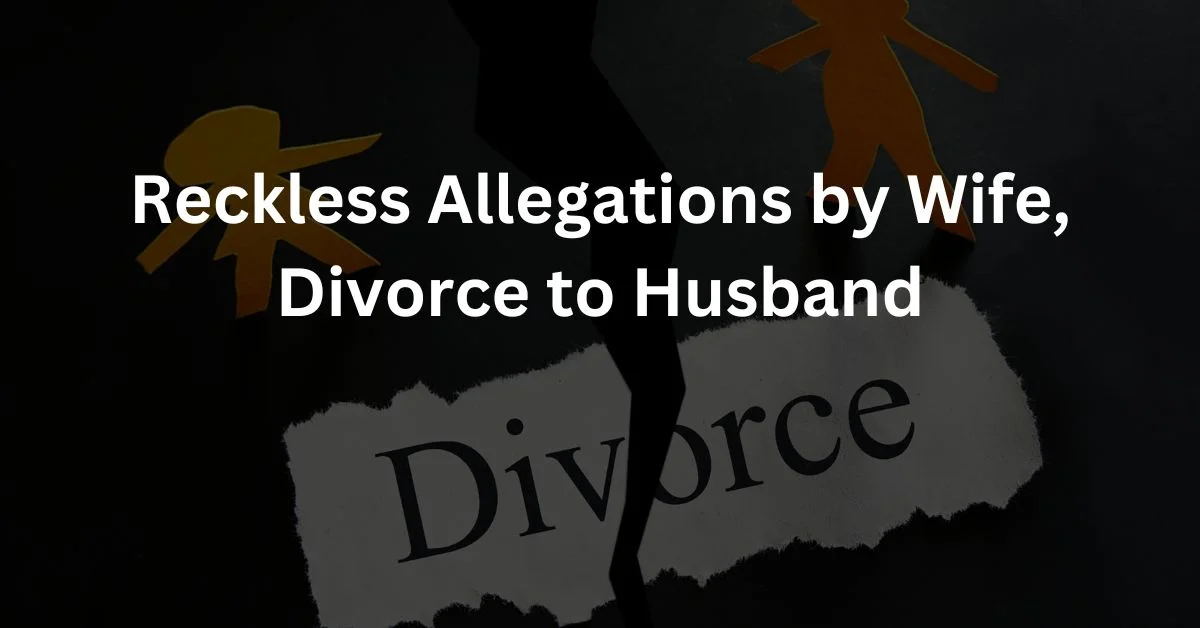A recent case before the High Court of Kerala has brought to light an intriguing legal conundrum centered around the return of gold ornaments after divorce. In this analysis, we delve into the intricacies of the case, exploring the background, arguments advanced by the parties involved, the decision rendered by the Family Court, and the keen observations of the High Court that culminated in its ultimate verdict.
Background Unveiled
The case unfolded when Treasa Bency (wife) filed an original petition in 2009, aiming to retrieve both money and gold. Responding to this, Dr. Preceline George (husband) presented a counterclaim, seeking the return of 11 sovereigns of gold that he had entrusted to Bency. A collective judgment was delivered in 2012, ruling in favor of Bency and mandating her to return the gold once she received the funds and gold from George. George paid Rs.15 lakh and returned the wedding ring to Bency as per the decree, and thereafter he filed an execution petition to get back the gold ornaments, as per the Family Court’s order.
Clash of Arguments
Bency contested the execution petition subsequently filed by George in 2016 for gold recovery. She contended that the Family Court’s order lacked specificity regarding the weight of the gold ornaments to be returned. To challenge the execution order, Bency initiated an original petition in the High Court, seeking to nullify the execution process, arguing that no actionable decree was enforceable against her.
Counterclaims and Contentions
On the other hand, George asserted that the Family Court’s decree was unequivocal and that Bency was in possession of the specific gold items outlined in his counterclaim. He emphasized that Bency had refrained from submitting a replication against his counterclaim during the trial and had not contested its legitimacy.
Family Court’s Verdict
The Family Court directed Bency to restore 11 sovereigns of gold or its equivalent value to George, inclusive of 9% annual interest, within a span of one month. Bency’s resistance to this decree prompted her to file an original petition in the High Court, with the intent of challenging the execution order.
Insights from the High Court
The High Court meticulously examined the matter and observed that the dispute stemmed from an omission within the Family Court’s decree—namely, the absence of precise details regarding the weight of the gold ornaments. However, the High Court discerned that Bency’s acknowledgment during the trial and her possession of specific gold items aligned seamlessly with George’s counterclaim. The Court was quick to point out that Bency’s objections seemed to be exploiting a procedural technicality.
Final Ruling
Ultimately, the High Court dismissed Bency’s original petition, underscoring the importance of lucid and specific decrees in Family Law cases to avert ambiguities and disputes during the execution stage. The Court expressed its reservations about parties capitalizing on procedural loopholes to impede the enforcement of rightful decrees. This case underscored the High Court’s commitment to ensuring equitable outcomes in family disputes, while also spotlighting the need for prompt resolution to prevent prolonged legal battles.
Conclusion
The intricate facets of this judgment showcase the significance of precision in legal proceedings and the essence of adhering to the spirit of the law. It emphasizes the responsibility of parties to approach legal matters in good faith, without resorting to technicalities that could undermine the sanctity of decrees. The ruling serves as a testament to the judiciary’s role in maintaining a balance between upholding justice and expediting resolution in family law matters.



